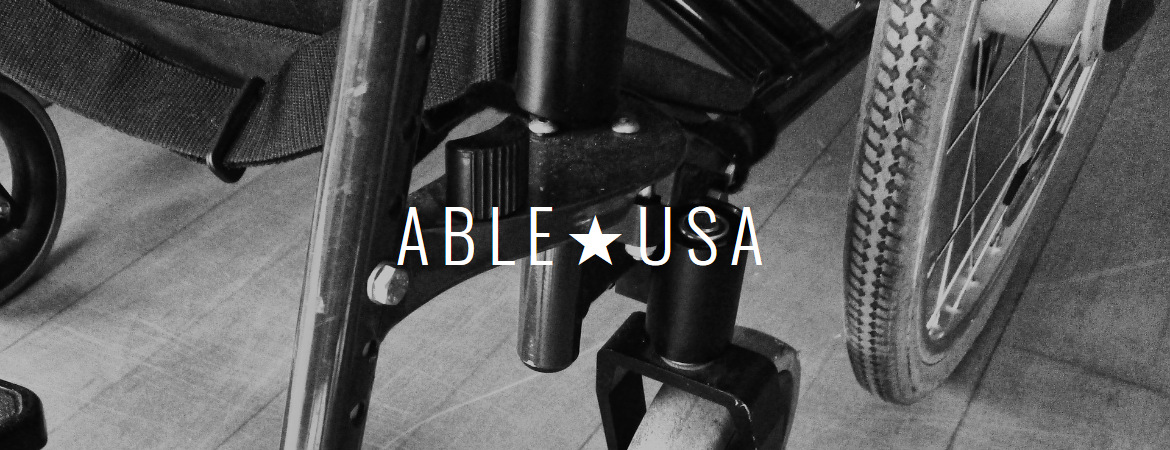
How to find the Home you need (and want) when you have a disability
Accessible housing is unfortunately rare in this country, especially if you rent. The solution — at least, for those who can afford it — is to buy a home since this puts the power in your hands when it comes to modifications and remodels. However, it’s not as simple as just buying any house and making it accessible. Accessibility modifications are costly, and many homes are inherently inaccessible for people with mobility problems, starting with the 66 percent of homes in the South Atlantic region that have two stories or more.
Buying an accessible home is a matter of imagining how you can create the home you need from the selection of homes available to you. These three steps will help you define exactly what you need so you know exactly how to get it.
Make a List of Wants and Needs
Chances are you are already aware of what you need from a home. However, making a physical list allows you to have a constant reference point during your search. Start by writing down the essentials, such as the features you require to live safely and independently. These will vary depending on your disability, but you can include things like step-free access, grab bars in bathrooms, accessible bathtubs or toilets, slip-resistant flooring. This home accessibility checklist is extremely detailed and can help you think of features you may have forgotten about.
You can then move on to things that aren’t crucial but would be nice to have. This will look a lot more like a standard house-hunting list: things like an open-plan layout, vintage features, or a big yard. According to the experts at Money Under 30, it’s a good idea to focus on “value items” that could help you resell in the future. Just because accessibility is your priority doesn’t mean you don’t get to think about the fun, aesthetic matters.
Then, go through your list. Which features are
intrinsic to a home’s design or would be too expensive to install? Think in
terms of a house’s structure and layout — these are your needs and wants for
the house you’ll buy. Everything else can, to some extent, be added or
modified.
Don’t Forget The Details
Some of the considerations of accessible housing may not be obvious. For example, don’t forget the importance of an accessible community. Do local stores and services have step-free access and wide aisles? Is there a severe incline anywhere nearby?
Security is another area to focus on. One of the main advantages of multi-story homes is security, as stairs pose an additional challenge to potential burglars. The flipside, of course, is that a single-story home may seem like an easy target. A good first step is installing a sturdier and safer lock. You can find trusted locksmiths in your area using online search tools.
Know Your Modifications
It is a good idea to know exactly what each of these modifications would entail in terms of cost and time investment. This will, of course, vary depending on the house, but you can still get a general idea through online research: for example, according to Fixr, the average cost of installing grab bars in a home is approximately $140.
Once you have narrowed down your options, you can look at how the modification estimates add up for each one. This will give you a more accurate idea of the true cost of the purchase. Knowing the “true” cost of your home will help when it comes time to finance your home. Fortunately, there are many different grants and loans available for those living with a disability. What’s more, if you are a veteran, you should look into a VA loan from lenders like PennyMac, which requires no down payment and typically has a lower interest rate than traditional loans. It’s important to know what options are available to you before making a decision.
Taking the time to go through these planning stages will make a huge difference to your house-hunting journey. While a trusted realtor will be able to leverage industry knowledge and resources to narrow down your search, they need to know exactly what you are looking for and where you are willing to compromise. With your input and their professional expertise, you can be sure that finding your ideal accessible home will be infinitely easier.
Author: Patrick Young @ AbleUSA